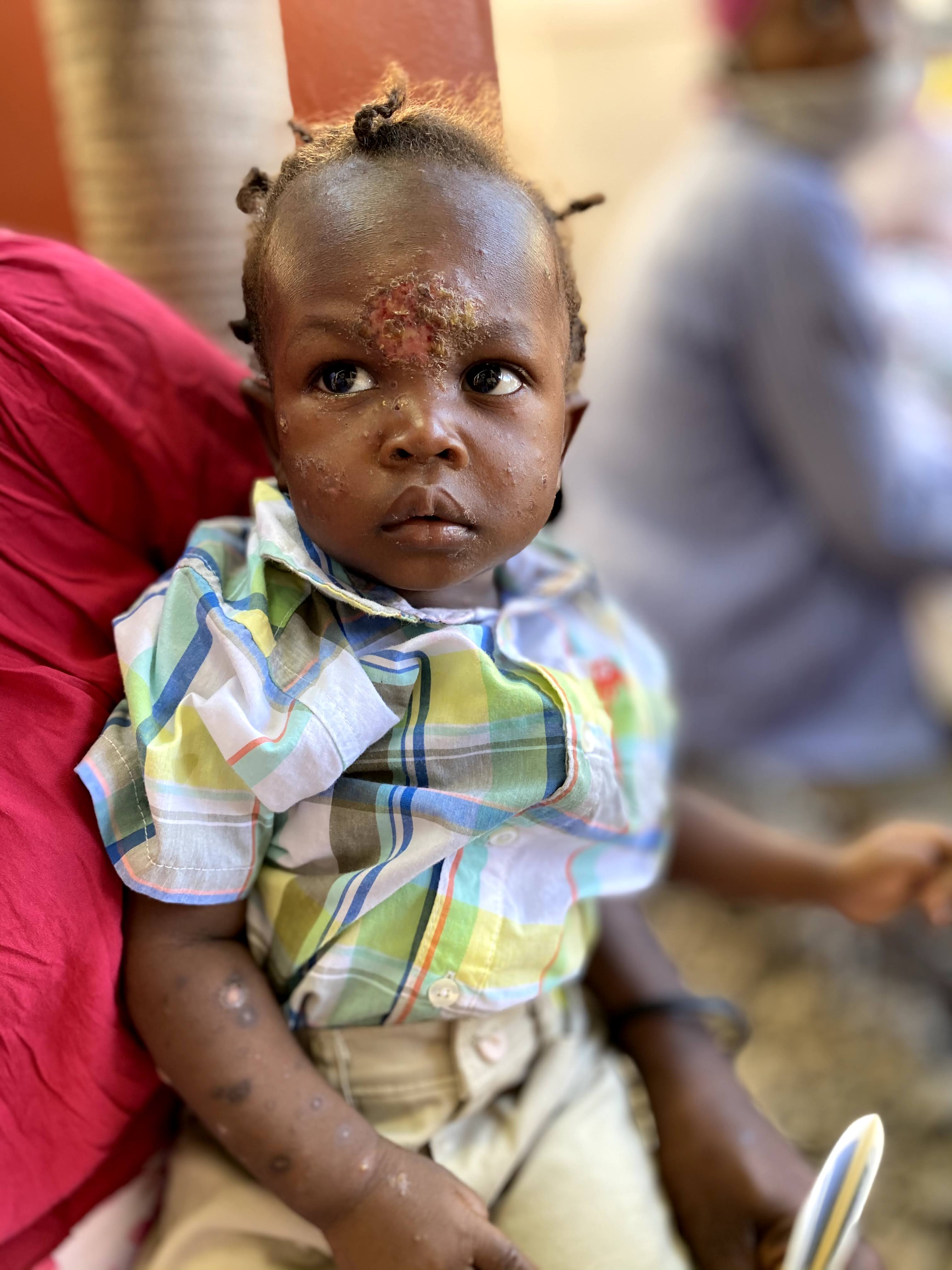Worms
Saturday, June 03, 2006
Worms
Almost every child we examine in the clinic in Haiti has worms at one time or another. Their mothers frequently mention that the baby defecates worms or coughs them up. I think the Haitian mothers report this with the same amount of emotion that a mother from the United States reports that her baby has the sniffles.
Haitian moms frequently state that the baby grinds its teeth at night or cries out in its sleep or asks for water to drink. Also, a depigmentation of skin where the nostrils join the face is another "telltale" sign of being infested with worms.
In Lancet May 6, 2006, the Seminar is "Soil-transmitted Helminth Infections".
The paper reports:
More than a billion people worldwide are infected with at least one species of worm. Of particular interest are the roundworms, whipworms, and hookworms. They are considered together because it is common for a single individual, like the kids we examine in Haiti, to be chronically infected with all of these worms. Such children have malnutrition, growth stunting, intellectual retardation, and cognitive and educational defects.
These soil-transmitted worms are one of the world's most important causes of physical and intellectual growth retardation. Yet, despite their educational, economic, and public-health importance, they remain largely neglected by the medical and international community. This neglect stems from three features: first, the people most affected are the world's most impoverished, particularly those who live on less than US $2 per day; second, the infections cause chronic ill health and have insidious clinical presentation; and third, quantification of the effect of these infections on economic development and education is difficult.
So as soon as the Haitian babies quit taking their mother's milk and are placed on the ground, they are subjected to these unrelenting parasites. Haiti's infrastructure breeds all types of parasites which diminish the quality and quantity of life for Haiti's most innocent. Haiti's future adults are compromised from the beginning and Haiti's future as a viable country is jeopardized as well.
Medicine and politics should never be separated. Public health care experts and doctors working in the trenches need to emphasize how the two are related. Improving infrastructure will improve societal health and help Haiti enter the 21st century.
Comments in 2020--
- Social determinants of health (SDOH) are the conditions in the environments where people are born, live, learn, work, play, worship, and age that affect a wide range of health, functioning, and quality-of-life outcomes and risks. (CDC)
- SDOH has a major impact on people’s health, well-being, and quality of life.
Examples of SDOH include--
- Safe housing, transportation, and neighborhoods
- Racism, discrimination, and violence
- Education, job opportunities, and income
- Access to nutritious foods and physical activity opportunities
- Polluted air and water
- Language and literacy skills
If we look at the above list and consider the typical family in one of Haiti's many slums, it is not pretty.
- People don't have safe housing. We know that for so many reasons. And all we have to do is look. And when the epic Haitian earthquake hit four years after I posted this, on January 12, 2010, hundreds of thousands of people were quickly killed--not from the earthquake but from bad zoning and poorly constructed structures that fissured and caved in on its occupants
- What about violence? Violence in every society stops mothers from venturing out on the streets with sick children. And the child frequently becomes more ill while sheltering in place until the gunshots stop.
- Job opportunities and income in Haiti? What more is there to say? Haiti doesn't have either and health suffers.
- Access to nutritious food and clean water. Most of Haiti's 11 million people do not have access to either without paying an arm and a leg.


The statistics shown in this article are staggering ~
ReplyDeletehttps://www.npr.org/sections/goatsandsoda/2014/09/02/342447826/(https:/openknowledge.worldbank.org/bitstream/handle/10986/7295/wps421401update1.pdf?sequence=1)
A 2007 World Bank study of a Mexican government program to replace dirt floors with cement found that doing so "significantly improves the health of young children." Among the study's findings: "A complete substitution of dirt floors by cement floors in a house leads to a 78 percent reduction in parasitic infestations, a 49 percent reduction in diarrhea, an 81 percent reduction in anemia and a 36 to 96 percent improvement in cognitive development." Beyond this, adults reported "increased satisfaction with ... their quality of life."